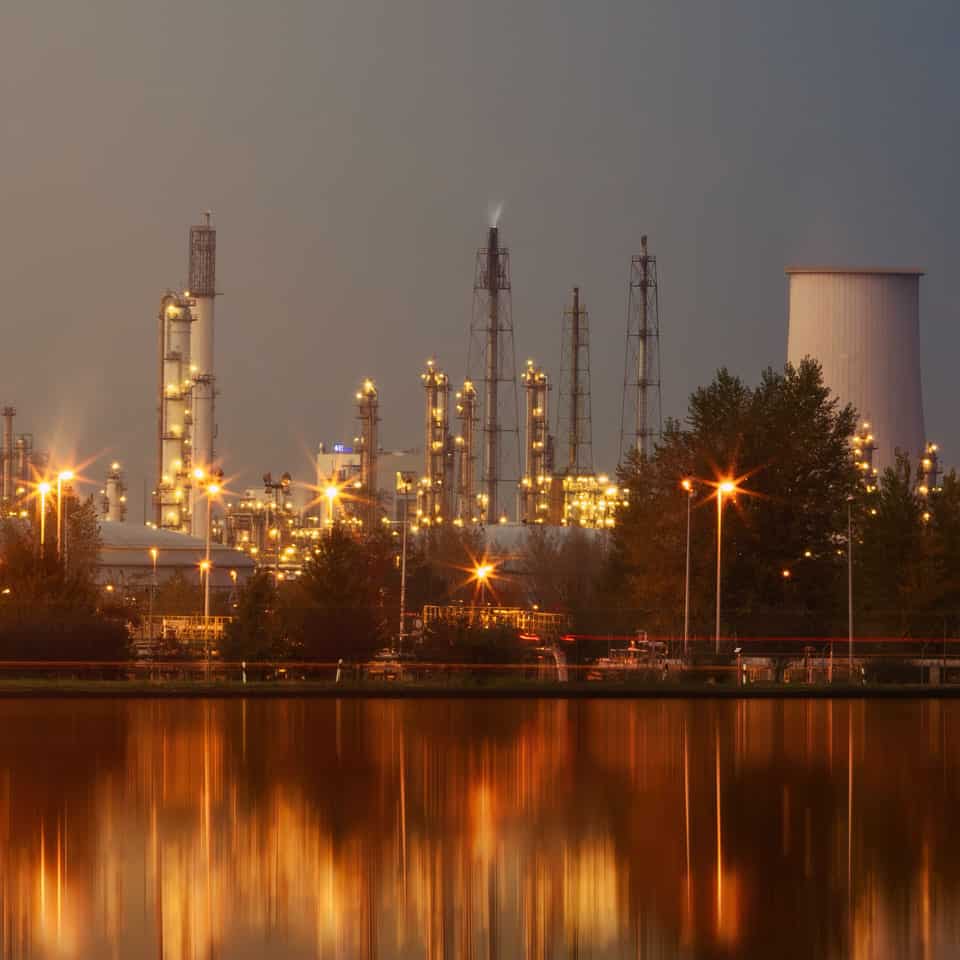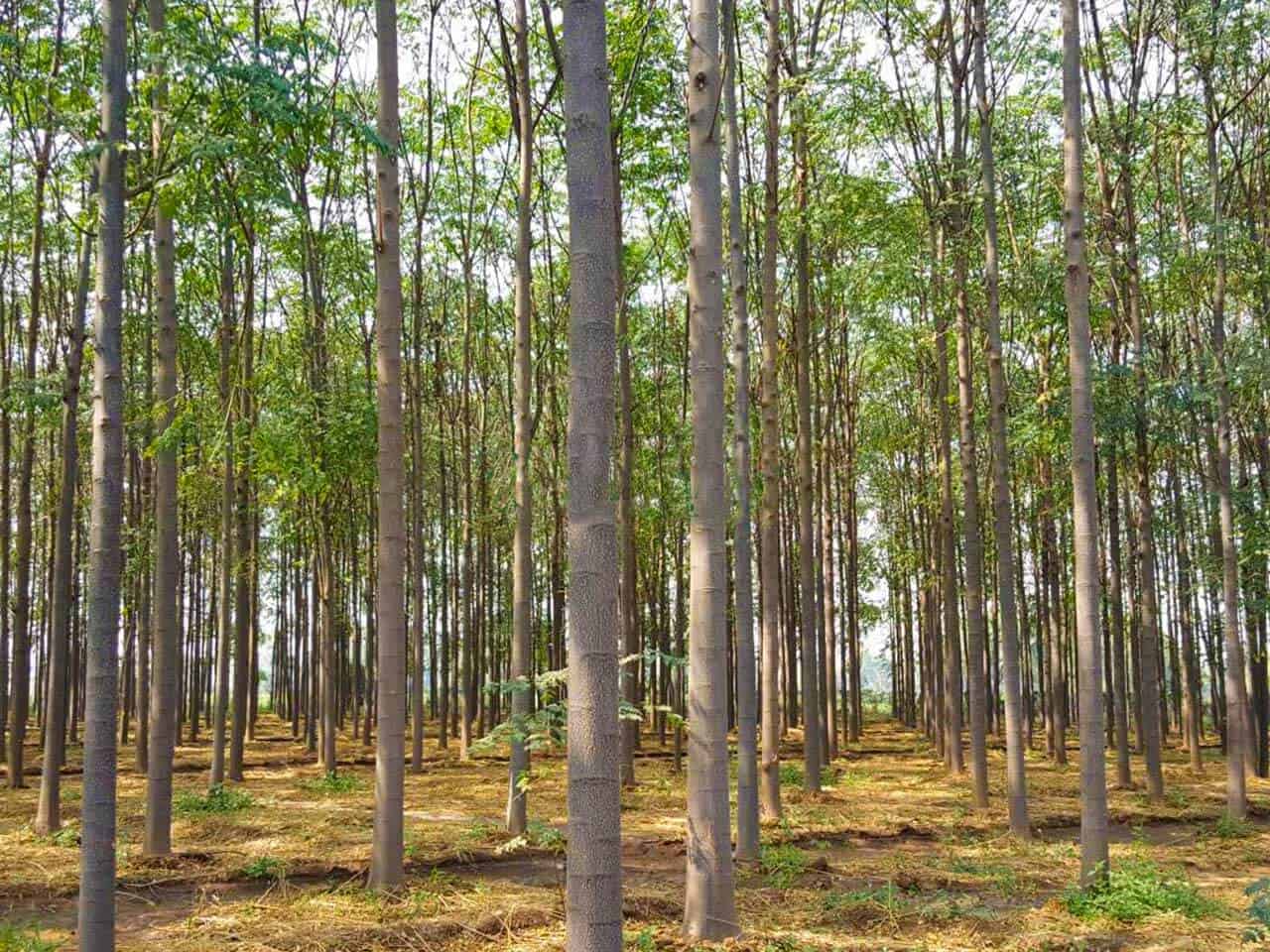
Our Commitment to Forestation and Environment
Wood is the world’s most abundant renewable resource it’s recyclable, sustainable and biodegradable over the long term. Add energy efficiency and the fact that growing forests absorb carbon dioxide and releases clean oxygen, and you can see why wood is the ultimate “Green” building Material. Engineered wood products make far more efficient use of the available resource today than ever before. Engineered wood can be manufactured from fast growing, underutilized, and less expensive wood species grown in privately managed forests and estates. That helps safeguard older forests that as a society we should preserve. Plywood is one such engineered product.

manufacturing wood is energy efficient
Plywood and Wood Products in General are easy to manufacture and consume a lot less energy than any other building material like glass, steel & cement. Simply put, manufacturing wood is energy efficient. Compare the amount of energy it takes to produce one ton of cement, glass, steel, or aluminum to one ton of wood
5 times more energy for one ton of cement
14 times more energy for one ton of glass
24 times more energy for one ton of steel
126 times more energy for one ton of aluminum.
Wood is Good, plywood is even better
Privately grown plantations and estates ensure that quality land management, including aggressive reforestation efforts, will keep their business going in the future. But if demand for wood falls off, private landowners might replace the forests with a crop in higher demand, reducing the environmental benefits, a growing forest produces in our ecosystem. Demand for wood products keeps our forests growing; it does not eliminate them At Hunsply, wood is sourced from plantations wherein the land is well managed and reforestation happens aggressively.
Did You Know?
Only a few trees have the properties necessary for their wood to be used for decorative purposes.
Only a small portion of a timber harvest (1-5%) can be made into veneer and only slightly more into lumber.
Processing wood produces no waste, but rather reusable by-products.
The forested area in most industrial countries is growing, especially in the hardwood forests of North America & Europe; and less timber is cut than grows back.
Every cubic meter of lumber has drawn a quarter of a metric ton of CO2 out of the atmosphere.
Each tree absorbs an average of 6 KG of CO2 from the atmosphere each day & thus makes a decisive contribution to protecting the climate.
Processing wood requires smaller amounts of fossil fuels than processing other materials, such as steel and concrete & thus releases far less CO2.
10% of today's forest area would be enough to meet the worldwide demand for timber sustainably (including paper-production)
